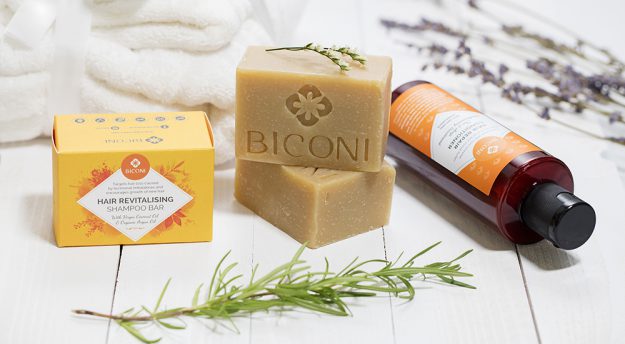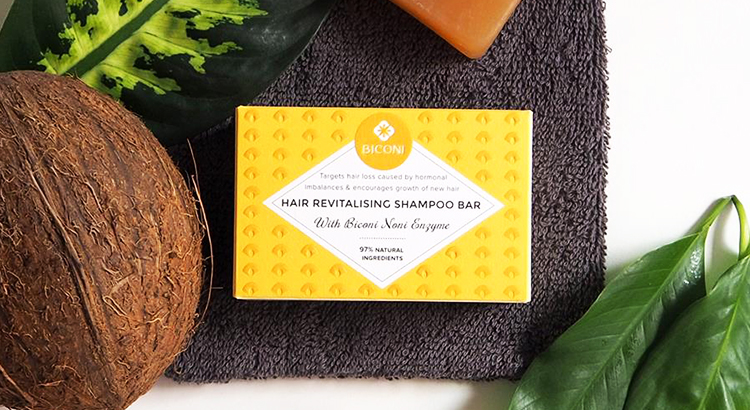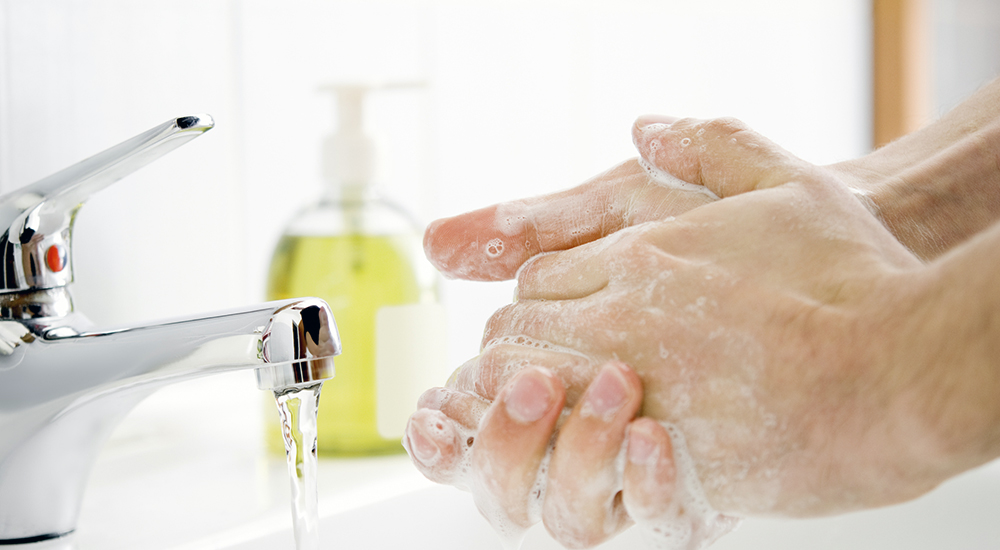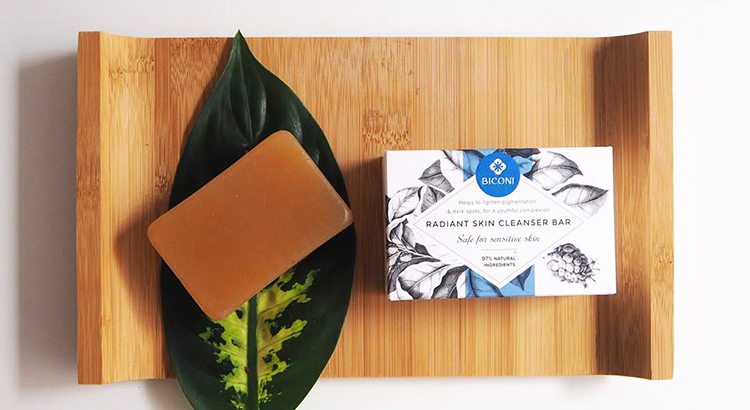Liquid Soap vs. Soap Bars: Which is better for you?
mis à jour le 10 January 2017 à 21:53We've probably asked the question countless times without receiving a definite answer: What's best for our bodies, liquid soap or soap bars?

Which is better, liquid or bar soap? A generation back, liquid soap wasn’t even an option. Check out the available soap products today, and it’s a whole different story: liquid, bar, foaming… the broad selection in the market is enough to make anyone confused! But what’s the difference? Is it really a big deal to pick one over the other? Let’s find out!
Totally Different Products
Ready for a shock? Liquid soap isn’t usually soap at all — it’s a detergent. Detergents are often petroleum-based and packed with chemicals and preservatives, while true soap is made from glycerin — produced by saponification of oils (animal or vegetable) using lye. Lye is corrosive on its own, but when used in the soap-making process, it becomes a lot friendlier to skin! If you’ve been choosing liquid “soap”, you may have been using a detergent all along. It’s always a good idea to check the ingredients list when making your purchase.

Bar Soap = Less Waste
When you pump out liquid soap, are you really thinking about how much you need? Be honest. It’s so easy to waste liquid soap, and we do: we use about 7 times as much per use as bar soap. That’s a lot of extra waste we don’t need — since bar soap limits overuse without even trying. You can even buy shampoo bars that reduce waste from liquid shampoo, like the Biconi Hair Revitalising Shampoo Bar. Pretty neat, huh?
Is Liquid Soap More Sanitary?
One of the arguments against bar soap is that it’s less sanitary, especially when the bar is shared among several people. While it’s true that a warm, wet bar of soap can more easily grow bacteria than liquid soap packaging can, it’s very unlikely to cause any problems — our skin actually needs some good bacteria to protect us. Rinsing the bar can help prevent the majority of potential problems — though it’s best to have your own personal bar if possible. Remember, liquid soap can still harbor bacteria — especially if the washcloth or loofah you use isn’t kept clean!
Health organisations recommend liquid soap for public places, since it’s impossible to know what kinds of bacteria could spread through bar soap, but the risk is extremely minimal in a home environment.

Which is the Greener Choice?
Think about it: bar soap typically comes unwrapped, in a cardboard box or in thin wrapping, but liquid soap has to be pumped or squeezed through a plastic bottle. Some of that plastic could get recycled… but more often than not, it’s tossed in the trash. Yikes!
That’s not all: researchers at the Swiss Federal Institute of Technology found that the carbon footprint of liquid soap is about 25% larger than for bar soap, partly because we’re so prone to over-using liquid soap. We do use more water when washing our hands with bar soap, but it doesn’t wash away the extra waste produced by liquid soap — bar is still the greener choice.
Bar soap is often made with purer, greener materials than liquid soap. Preservatives aren’t necessary, and less water is needed to create the products, making them more efficient to ship.

What’s Most Important?
At the end of the day, what matters most is the ingredients and soap-making process used to create the products you buy. There are liquid soaps made with harsh chemicals that do your skin no favours, but bar soaps can have the same problems if you pick the wrong bar, so read the label! All-natural, (preferably organic) oils and extracts like the Biconi Noni Enzyme and virgin coconut oil in the Biconi Radiant Skin Cleanser Bar will nourish your skin and are kind to the environment — a win-win for you and Mother Nature!
This article was brought to you by Biconi.
Photos: Getty Images, Biconi
Read more:
Are hand sanitizers more effective than soap and water?
Here’s why you should be switching to soap-free cleansers
Simple Truths: The many health and beauty benefits of lavender



